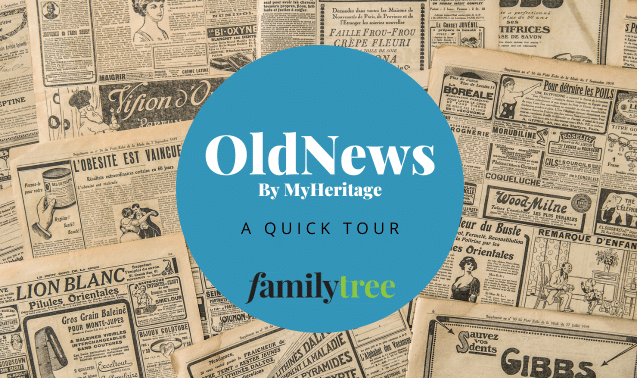Someone once compared the internet to the world’s biggest library, but with all the books thrown in the center of the floor. It’s totally true: There’s no card catalog, no comprehensive index of online data and no central database for one-stop searching. Live Roots is trying to change that.
This free website aims to help genealogists locate records and resources — both free and fee-based on independent websites, large commercial repositories and in printed materials not yet digitized. Though Live Roots doesn’t cover every available resource, it’s a good tool for starting a simple search or tracking down a more elusive ancestor. And it includes some sources you’re unlikely to find anywhere else. Here’s how it works.
- On the home page, type in a surname or keyword.
- Your search results appear in groups: free sites, subscription data, project results (if anyone is working on your surname), and Resource Results — which include online transcriptions, books, cemetery listings, offline sources and websites. Click on a link for details. Links to paid-access websites are clearly marked and grouped together. When you click the free links, some go directly to the listed information, while others lead to data sources. If the data source is indexed, you can search the index; if not, you have the option to hire a Live Roots researcher to find and copy the information for you.
- In the Surname Results, click an item of interest to see a list of resources. Then click any of the links to go to the actual website or see the source for the information. We’ll choose an item in the Resource Results: Hendrickson Family Burying Grounds.
- The resulting Resource Details screen lists the type of record (in this case, a transcription), location of the burial ground, the fee (if any) and website address. Note the Share button under the item name — you can use this to e-mail this information to another researcher or family member. Click the View Online link to see the transcribed list of burials at this location.
- Back on the search results page, items grouped under Subscription Data come from organizations ranging from churches to country clubs to the Masons. Click on a link to get a list of relevant records within that data set, then on an individual record to see a preview. You’ll need a subscription to GenealogyToday to access the full records.
- At the bottom of the search results page, you’ll see links to search Live Roots partner sites, including Ancestry.com , FamilySearch, Google Books and Internet Archive — you’ll find plenty to keep you busy.
- Tracking down records is a real timesaver, but the site has another important function: the ability to track and record your searches, findings and research notes, making it a genealogy project manager of sorts. To do this, hit the Manage button at the top of the page and register with the Live Roots system (it’s free). After joining, you can set up and add data to any number of projects.
- Remember the Share button described in step 4? Once you’ve joined and logged back in, you’ll start to see more buttons. Follow allows you to link any search result to any of your projects. Record lets you add a log entry to the resource. Comment enables members to place their own notations on sources.
- Live Roots has two other features worth exploring: Discover displays newly added items, which are updated daily. Navigate lets you drill down through localities, from continent to country to state to county to city. At the county level, you’ll find links to cities as well as related resources, such as cemeteries.
From the July 2011 issue of Family Tree Magazine
More great genealogy resources from Family Tree Magazine:




